
On August 6th, an outstanding puppetry workshop was conducted by Dr. Sima Mukhopadhyay as a part of the 35th Science Communication and Media Practices course conducted jointly by the Indian Science News Association (ISNA) and Vigyan Prasar, Ministry of Culture, Government of India. The workshop was conducted at the Academic Staff College at Raja Bazar Science College, Calcutta Universit,y and participated by both current and past students of ISNA in addition to council members and other dignitaries.
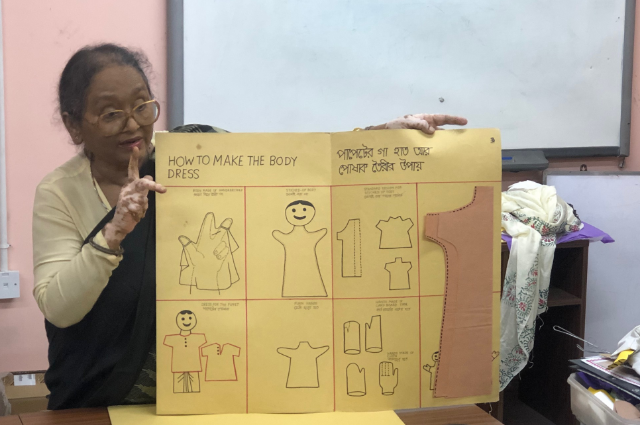
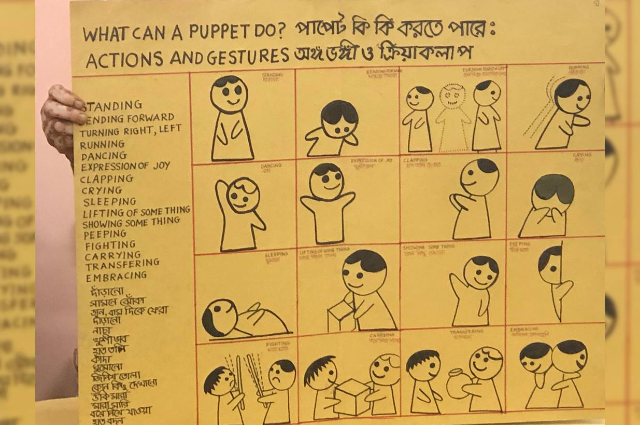
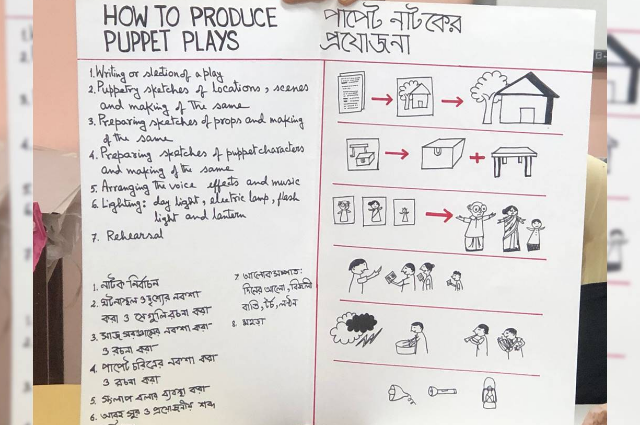
It was indeed a monumental experience for both past and present students of Science Communication and Media Practices to explore various facets of puppetry and hitherto unknown domains that could be used in effective science communication. The workshop started with an erudite presentation by Dr. Sima Mukhopadhyay explaining the origin and history of puppetry from a global perspective including the Indian context. She was captivating in explaining various forms and branches of puppetry with illustrative examples and fresh demonstrations with real puppets in the classroom.
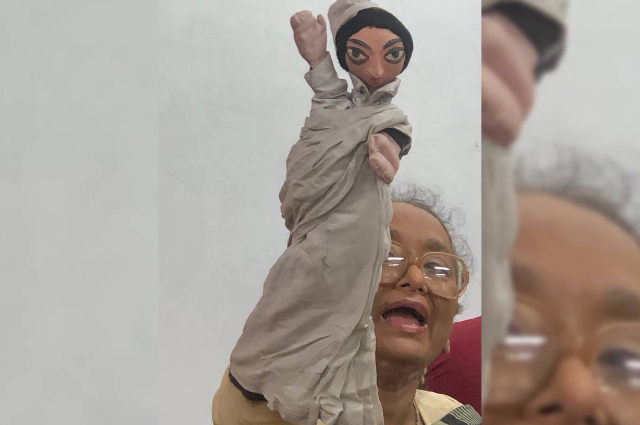
From glove puppets, string puppets, stick puppets, box puppets, muppets, screen-based shadow puppetry, and direct interaction-based exchange of complex ideas of science communication through the use of appropriate puppets and muppet models, she captivated the audience with her elegant presentation style, lucid language use, and several mini acts to demonstrate the power of the use of puppetry in science communication.
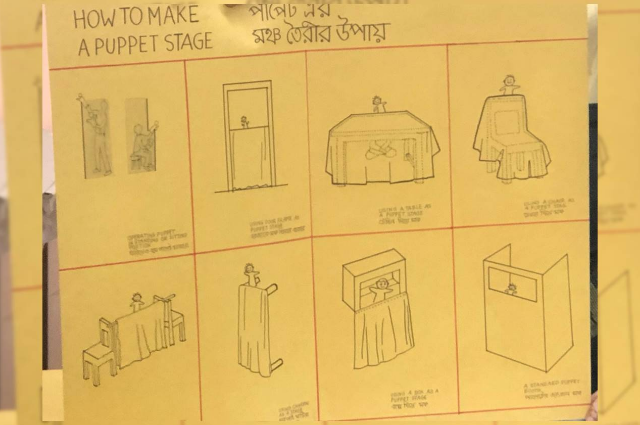
It was emphasized in the workshop that puppetry could be an effective tool in communicating science successfully in rural and other economically backward areas with poor levels of education. Puppetry could translate complex science into the simplest and easily digestible manner for both literate and illiterate populations to make them aware of several issues related to social security, gender bias, health abs hygiene, agricultural challenges, conservation of local biodiversity, fight against superstitions, caste, and religious prejudices as well as in communicating important messages regarding the negative aspects of open defecation, treatment of snake bite victims, preventing under age marriages in rural areas, forest conservation, gender, and sociology-cultural traditions abs practices as well as about important government projects helping in betterment of employment, agricultural productivity, health, and hygiene as well as population control through the use of contraceptives.
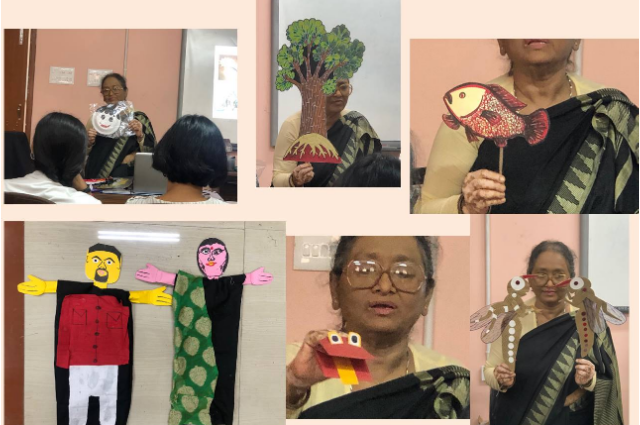
It was quite amazing to explore the fascinating world of entertainment cum spread successful education, awareness, and sensitivity among ignorant and illiterate rural as well as fringe forest communities, religious minorities, marginal laborers, or those working in unorganized sectors in both rural and urban settings. The students learned to make simple puppets, design their scripts and make their presentations in groups to highlight various aspects of science communication in this outstanding puppetry workshop. In this one-day workshop, presenter and puppetry expert Dr. Sima Mukhopadhyay made a big difference in felicitating a better understanding of the strength of puppetry in science communication. We associate puppetry only with pure entertainment, but she was instrumental in demonstrating how this ancient art and basic technology could be used to communicate science to the ordinary public in an engaging manner. She also highlighted and provided a class demonstration of using waste materials in making cheap puppets that are attractive, communicative, and highly engaging in attracting the audience in a captivating manner. Dr. Mukhopadhyay took this art to a different level demonstrating its monumental power in effective science communication. I sincerely thank both ISNA and Vigyan Prasar for organizing this outstanding interactive workshop for training the next generation of efficient science communicators.
